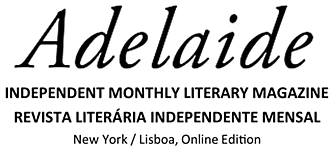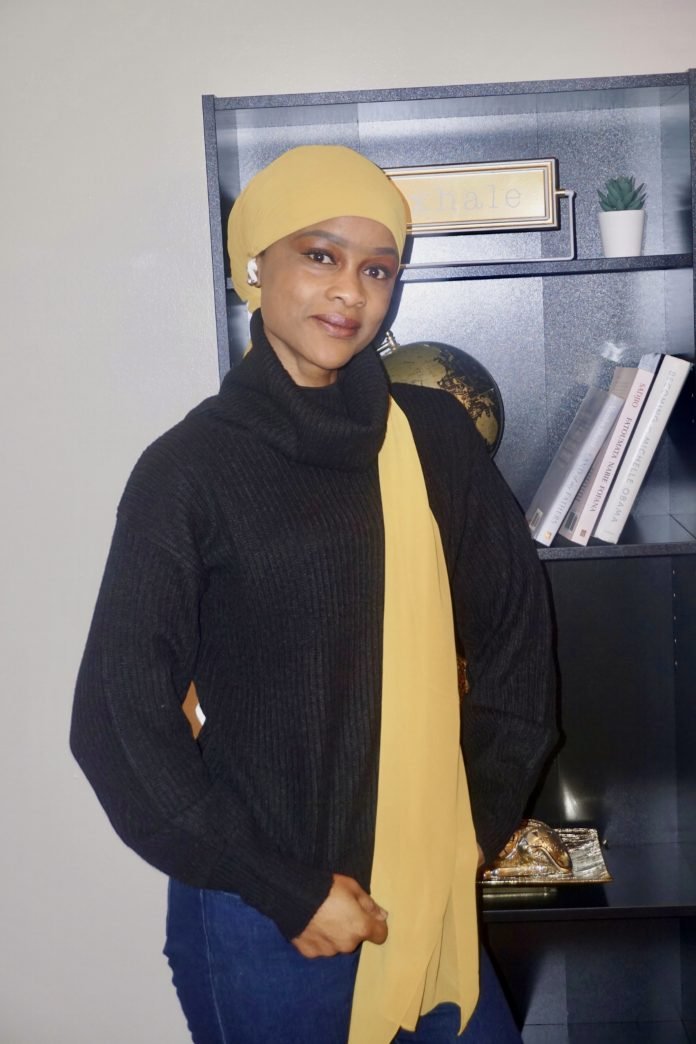Tell us a bit about yourself – something that we will not find in the official author’s bio?
Well, a key aspect of me that you won’t find in my official author bio would be accepting and pursuing my purpose. The trust is, identifying my calling was pretty easy. However, a tiny voice inside me was diverting me toward everything else but my natural calling.
As a child, I had a soft spot for folktales and tricky riddles. My mom was an effective folktale teller. She tucked us up in bed each night with tales passed down to her by her parents. On nights when the moon was very bright, we stayed up late, listening to mom tell one enchanted folktale after the other. On such nights, we sat in u-shaped or half circles, out in the open air. I admired the fact that every story had a unique song that blew life into every character.
I made a mental note of nearly every tale told to us by mom. Yet, the small voice inside me had me doing everything to suppress my love for storytelling. Though I couldn’t tell whether this voice was trustworthy, I found myself desiring to be everything else but a raconteur. Ironical, right? I enjoyed listening to tales but never imagined myself telling them—either verbally or in writing. And that’s because I wasn’t listening to my life. I was busy telling my life what I wanted to do with it instead of listening to what my life wanted to do with me.
But my mom was very observant and had a creative way of guiding me [back] to my natural calling. She encouraged me to start journaling using a very cute traditional diary she had kept for decades. All I had to do was to write down my thoughts anywhere, anytime for a prize. She would review my journal weekly, smiling through the stories documented on each page of this 100-page, golden book. Soon, she became an addict. She looked forward to those moments; they entertained her. She would occasionally invite an audience that consisted of my siblings to listen-in. Their positive reactions to my narratives eventually birthed a sense of calling, and I couldn’t help but pursue a career in print journalism. In high school, I specialized in Literature-in-English; this laid the foundation for my passion for prose.
2. Do you remember what was your first story (article, essay, or poem) about and when did you write it?
Oh, very well. It was back in 2004, and the article was about women war survivors. As a journalist, I enjoy amplifying the stories of others. My first article told the stories of women survivors of the Liberian civil war. Liberia, a small state situated along the west coast of Africa, fought one of the continent’s bloodiest battles for 14 years. As a roving reporter in 2004, I focused my reportage on the various internally displaced camps dispersed across Monrovia, the country’s main city. There, I spent most of my days actively listening to, documenting, and sharing the stories of women’s struggle for survival through the war, the atrocities meted out to them, the use of rape as a weapon of war, and their bodies as frontlines. Though the guns had fallen silent at the time, the drums of war never stopping playing in the minds of these women. Thus, telling their raw, emotive stories was somehow psychotherapeutic.
3. What is the title of your latest book and what inspired it?
As you may probably know, my debut novel’s title is SADJIO, inspired by my childhood hairdresser, in whom I was exceedingly pleased. I loved her name and bugged my parents to change my name to that of Sadjio’s, a very beautiful, brave, and devoted young woman. The book touches on multiple themes, including gender disparity, commodifying women’s bodies, ongoing battles being fought by women in traditionally and culturally blended societies, among many others. It primarily traces the life of a young girl who shattered every socially-prescribed rule to pursue her passion and purpose. SADJIO is a story of resilience, resistance, and resoluteness.
4. How long did it take you to write your latest work and how fast do you write (how many words daily)?
I started writing SADJIO in 2018 but quickly got sidetracked and abandoned the project. I returned to it in early 2019 only to take another prolong pause from writing until mid-2019. Long story short, I wrote the bulk of my novel in 45 hectic days. Yes, it took me roughly one month and fifteen days to complete my manuscript’s first draft. My mentor, Prof. Momo Dudu provided me with some encouraging feedback, so I proceeded with the project. My goal is to write three solid pages per week.
5. Do you have any unusual writing habits?
Well, when it comes to unusual writing habits, I can safely say that I am the queen of sticky notes. I don’t always trust the notepad on my iPhone. I prefer to jot it down, handwritten. No wonder I am always moving with a journal and I don’t hesitate to pull my pen out whenever an idea flashes through my mind. It doesn’t matter where I am or what I am doing. In a nutshell, my writing is not limited to me sitting at a desk with a computer. My sticky notes and journal are my go-to.
6. Is writing the only form of artistic expression that you utilize, or is there more to your creativity than just writing?
Of course, there’s a lot to me than just writing, but I will highlight only one for you. I am an awesome culinary artist committed to preparing a sumptuous dish and producing incredible edible pieces of art that do an effective job at hitting the right spot on the tongue map while being pleasant to the eyes.
7. Authors and books that have influenced your writings?
Growing up, I enjoyed reading Things Fall Apart, Beauty and the Beast, Cinderella, Snow White, and so forth. At the moment, some of my favorite authors are Barrack and Michelle Obama, Niccolò Machiavelli, Chinua Achebe, Vamba Sherif, Prof. Momo Dudu, Poet John Donne, only to mention a few. Books that have influenced my writing include Bound to Secrecy, Harrowing December, The Audacity of Hope: Thoughts on Reclaiming the American Dream, Dreams from my Father: A Story of Race and Inheritance, Becoming, Land of My Fathers, The Prince, among many others.
8. What are you working on right now? Anything new cooking in the wordsmith’s kitchen?
Of course, there’s always something cooking in the wordsmith’s kitchen. I am 107 pages in my next novel, SOULLESS. The story is set in a small city along the northern cape but moves along with its main character, Manatou, to larger cities worldwide. It explores her relationship with life at various stages of her existence and a subtle mystery that grew along with her.
9. Did you ever think about the profile of your readers? What do you think – who reads and who should read your books?
I target my writing to diverse audiences. Readers of SADJIO are a direct reflection of the book’s main character’s story. They are as diverse as the themes contained therein. My current readers are men and women, young and old—it’s such a diverse group. Readers tell me that Sadjio’s story is relatable at every level, and they see themselves in the story from start to finish. SADJIO is targeted at everyone; everyone should read it.
10. Do you have any advice for new writers/authors?
To emerging authors, I say be open-minded and willing to explore along with your characters. You will find yourself outstaying in the minds of some characters. Don’t panic; it’s all part of the deal. Reach out to established authors for guidance.
11. What is the best advice (about writing) you have ever heard?
Read the works of fellow authors, keep writing (could be short pieces) to further shape and sharpen your writing skills.
12. How many books you read annually and what are you reading now? What is your favorite literary genre?
I average 1-2 books per month. I am currently reading The Promised Land, a memoir by Barack Obama. My favorite literary genre is fiction.



















